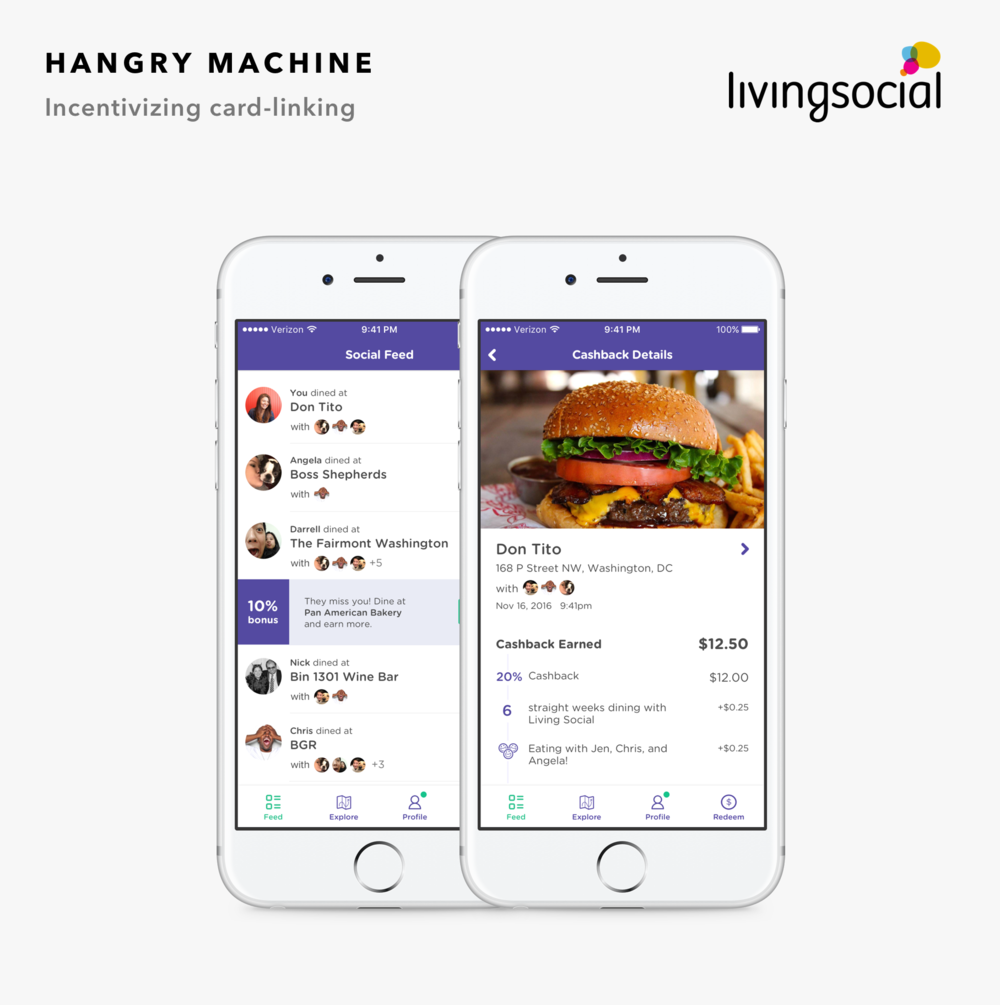Design Sprint: Prototyping and Testing a skin care product
BACKGROUND
The team at Wily facilitated a Design Sprint for a skin care startup whose goal was to validate if they could sell their product to their target audience. The details of the beginning phase of the Sprint can be accessed through the button below. I lead the prototyping and testing of the product during a local farmer market.
STRATEGIC APPROACH
PRODUCT GOALS
Selling a product has a ton of variables. Knowing we couldn’t do it all in one day, my goals for this phase focused on identifying our assumptions, creating hypothesis, and deciding what we wanted to validate.
The work and knowledge we gleamed over the first two days of the sprint and our solutions sketches prepared us for this quick exercise in nailing down prototyping and testing goals.
SETTING THE STAGE
We hosted the testing day on a Saturday that coincided with a local farmer market. Having an awesome open garage door space at Wily HQ, we made the environment approachable with beauty items you’d find in a common bathroom.
Spread throughout the studio we had mirrors, q-tips, and jars of all types of skin care products. The idea was to get people thinking and feeling in the space of their bathroom, where they would normally be using a skin care product like the one we were testing.
ATTRACTING PEOPLE
Instead of pestering people while they’re enjoying the local market, we wanted people to naturally gravitate towards us. I drew a delightful sign accompanied with free donuts and coffee. The barrier to entry was basically non-existent and it worked like a charm.
Also at the donut table was a one page survey asking generic questions on skin care purchase habits. A member of our team hung around the table and made casual conversation in asking people if they’d be willing to fill it out, and every single person was glad to do so. “Free donuts and coffee.. Sure I'll fill out a quick survey!”
Human curiosity did the rest. All survey participants wanted to know more about why we were asking skin care questions and volunteered to continue to the product testing phase.
REAL TIME FEEDBACK
PRODUCT TESTING
Testing of the actual skin care product set out to validate if people liked the product once they felt a real application of it. Leading this part of the test I was very careful in the way I asked and allowed people to interact with the product. I took participants back in groups of 3-5 people and led them to a table that had the skin care product and all ingredients present. I briefly explained to them what we would be doing, asked for any allergen concerns, and instructed them to begin testing the product.
The test involved each participant physically squeezing a small amount of product on the back of their hand while providing us with stream of consciousness thoughts as to what they were feeling.
I was in the present moment with them talking them through the product and asking prompting “why” and “can you explain more” questions. During this part of the test we had 2 Wily team members unobstructedly recording feedback and notes while I interacted with people.
CONTAINER TESTING
The next part of the test set out to validate the type of container participants would be most likely to buy the product in, and why. The next table was set out with different skin, face, and hair products I happen to find in my bathroom. Ranging from large to small, squeezable to glass, we had every common container represented.
Before asking people which container they’d like to use this particular skin care product out of, I first asked people to take a look at the products and to verbalize any general thoughts.
The most impactful piece of behavioral evidence at this stage was watching which container they picked up first. Each participant gave detailed feedback as they picked up products and put them down. Most of which fell into the following categories:
Travel size is a plus
Rubber wont break in the shower
If it looks expensive, it’s probably high quality
Attractive branding
Going through this phase of the test I also wanted to validate a key part of the user journey that we were still in the dark about; where people intended to use this product. On the go? In the shower? At the sink?
This is where our fly-on-the-wall team members popped in to introduce themselves and take the them through an exit survey while I switched my attention to conduct testing with the next group of participants. The exit survey prompted a few final thoughts and offered a discounted amount of the product in exchange for a 1-week diary study. Seven people signed up!
RESULTS
The last thing to do was analyze test feedback to organize groups and identify themes. By the end of the testing day we’d all felt like we knew exactly which direction to proceed from gleaming huge insights from potential customers. The results ended in a team consensus on the container, early adopter price point, and usage use case.
FINAL THOUGHTS
My prototyping and testing direction was my largest contribution to the Design Sprint. The startup went on to self organize the diary study and initial product launch. The product successfully sold out in its first debut at the winter Mistletoe Market, only a few short months after our sprint.




